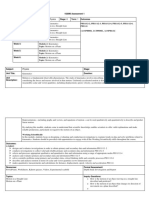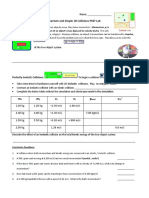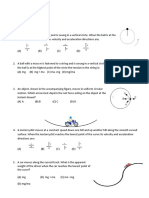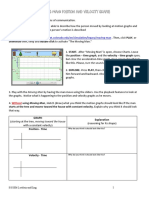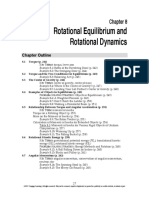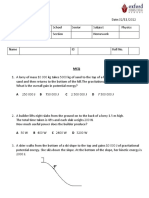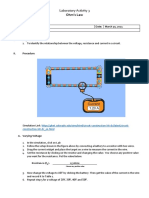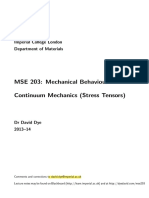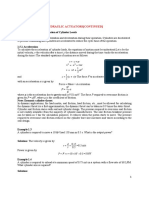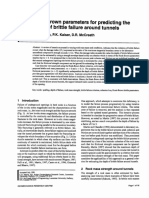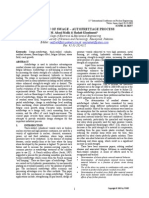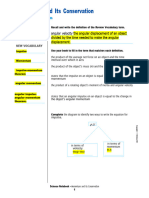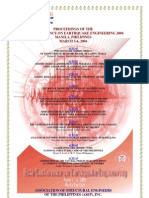0% found this document useful (0 votes)
863 views18 pagesFree Falling Objects
* Upton free falls for 2.60 seconds
* Acceleration due to gravity, g = 9.8 m/s^2
* Using the equation: Vf = Vi + gt
* Vi = 0 m/s (initial velocity is 0)
* t = 2.60 s
* g = 9.8 m/s^2
* Vf = 0 + 9.8(2.60) = 25.48 m/s (final velocity)
* Using the equation: d = Vit + 1/2gt^2
* Vi = 0 m/s
* t = 2.60 s
* g = 9.8 m/s^2
* d =
Uploaded by
Lauro DelarosaCopyright
© © All Rights Reserved
We take content rights seriously. If you suspect this is your content, claim it here.
Available Formats
Download as PPT, PDF, TXT or read online on Scribd
0% found this document useful (0 votes)
863 views18 pagesFree Falling Objects
* Upton free falls for 2.60 seconds
* Acceleration due to gravity, g = 9.8 m/s^2
* Using the equation: Vf = Vi + gt
* Vi = 0 m/s (initial velocity is 0)
* t = 2.60 s
* g = 9.8 m/s^2
* Vf = 0 + 9.8(2.60) = 25.48 m/s (final velocity)
* Using the equation: d = Vit + 1/2gt^2
* Vi = 0 m/s
* t = 2.60 s
* g = 9.8 m/s^2
* d =
Uploaded by
Lauro DelarosaCopyright
© © All Rights Reserved
We take content rights seriously. If you suspect this is your content, claim it here.
Available Formats
Download as PPT, PDF, TXT or read online on Scribd
/ 18







